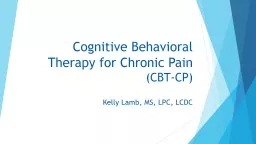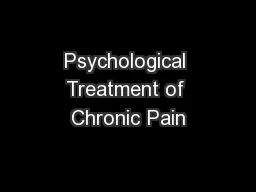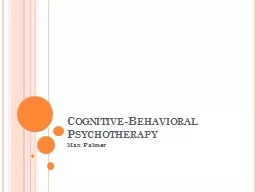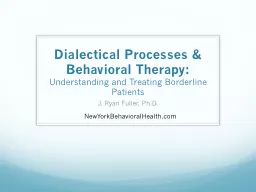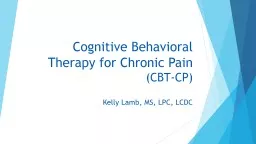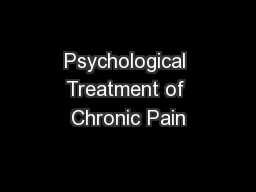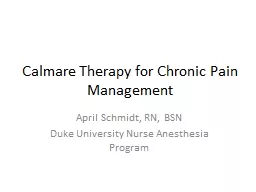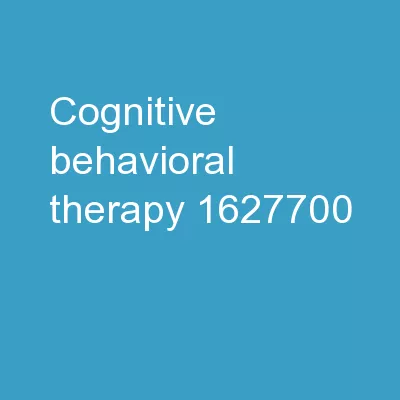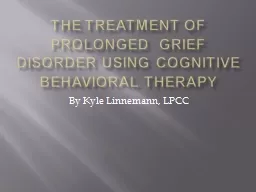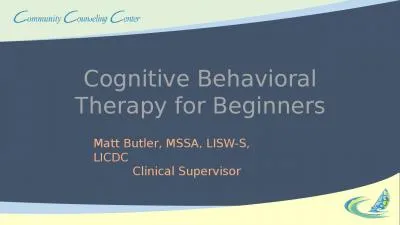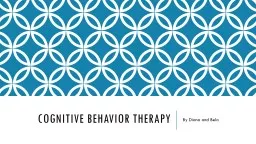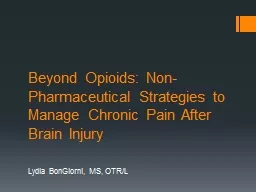PPT-Cognitive Behavioral Therapy for Chronic Pain
Author : tatyana-admore | Published Date : 2019-11-24
Cognitive Behavioral Therapy for Chronic Pain CBTCP Kelly Lamb MS LPC LCDC Understanding Counselor Role in Treating Pain Disorders EvaluatorConsultant Data collector
Presentation Embed Code
Download Presentation
Download Presentation The PPT/PDF document "Cognitive Behavioral Therapy for Chronic..." is the property of its rightful owner. Permission is granted to download and print the materials on this website for personal, non-commercial use only, and to display it on your personal computer provided you do not modify the materials and that you retain all copyright notices contained in the materials. By downloading content from our website, you accept the terms of this agreement.
Cognitive Behavioral Therapy for Chronic Pain: Transcript
Download Rules Of Document
"Cognitive Behavioral Therapy for Chronic Pain"The content belongs to its owner. You may download and print it for personal use, without modification, and keep all copyright notices. By downloading, you agree to these terms.
Related Documents

